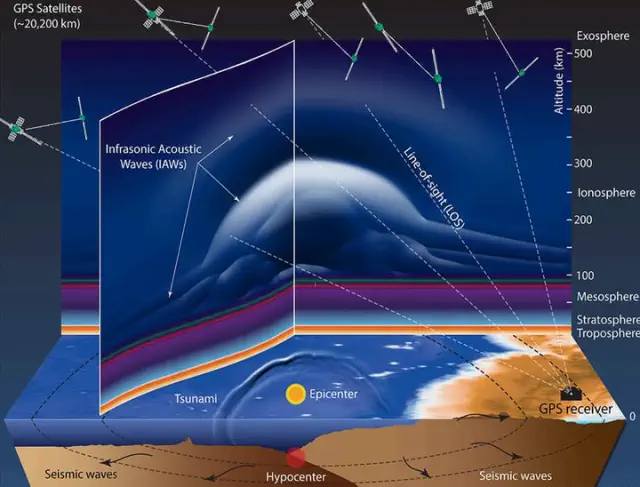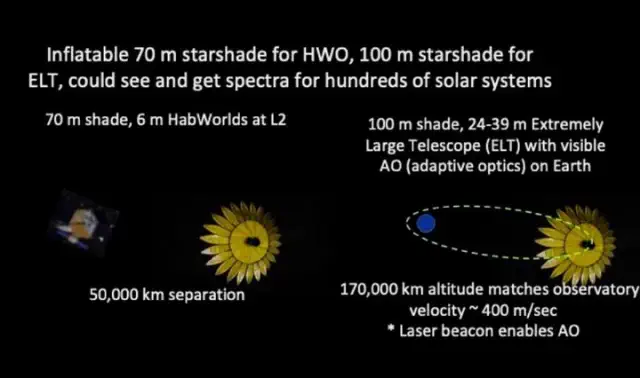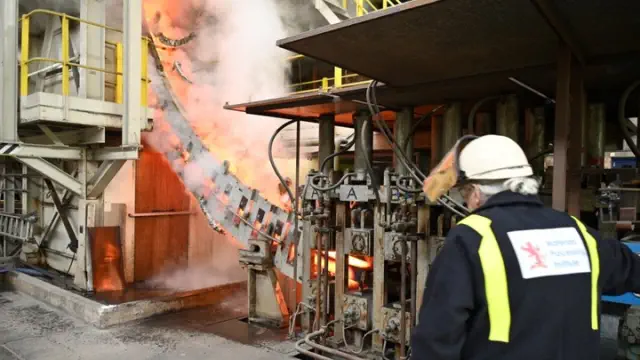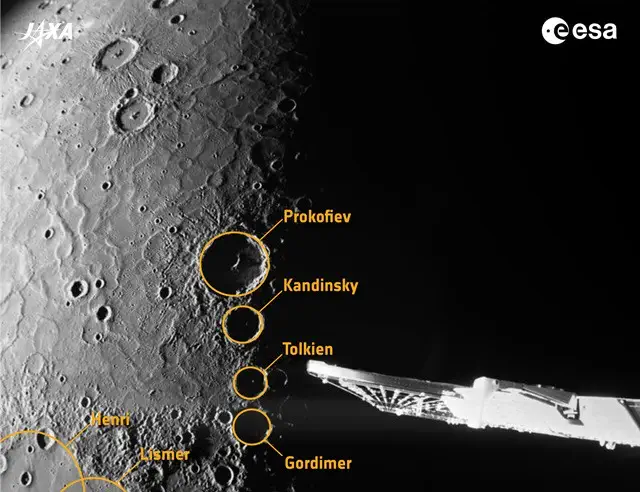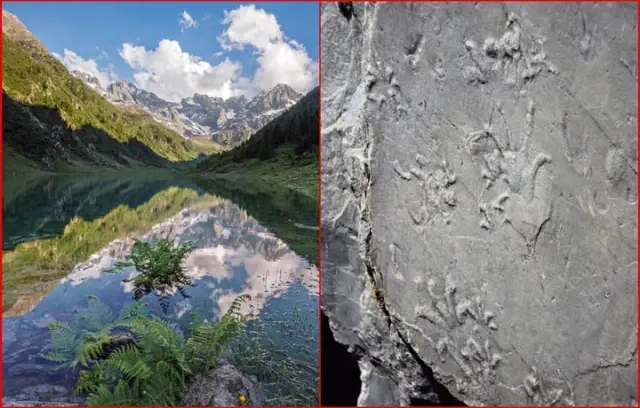The Earth's mantle is more than merely a hot and dense rock layer; it serves as a vibrant and complex engine that propels the geological processes of our planet.
A lot of individuals picture the Earth as having a neat and organized structure comprised of distinct layers: a thin crust on the outside, a thick mantle beneath it, and a core at the center. However, what exists beneath the surface is a far more intricate and active environment than this oversimplified depiction suggests. Recent studies employing advanced Full-Waveform Inversion (FWI) technology have uncovered that the Earth’s mantle — an enormous layer extending nearly 2,900 kilometers deep — is a tumultuous and diverse amalgam of structures, calling into question long-held beliefs regarding its makeup and dynamics.
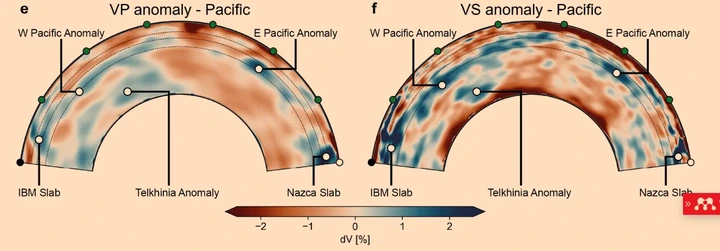
View pictures in App save up to 80% data.
The Earth’s mantle, a massive layer of rock beneath the crust, is the “engine” of plate tectonics. Stretching nearly 2,900 kilometers deep, it shapes much of the planet’s geology and evolution. But the problem is we can’t really see the mantle or dig to it. Instead, much of what we know about the mantle (and the deeper areas) comes from seismology.
Seismology studies the Earth’s interior by analyzing how seismic waves, generated by earthquakes or artificial sources, travel through its layers. When these waves encounter changes in material properties — such as differences in temperature, density, or composition — they change speed, direction, or type. By measuring these changes at seismic stations on the surface, scientists can map anomalies in the mantle, like faster wave speeds indicating colder, denser materials, or slower speeds suggesting hotter or less dense areas.
Seismic tomography, an important technique, uses these measurements to create 3D models of the mantle. This reveals its hidden structures and helps us to understand its dynamic processes. But seismic tomography has its own limitations. A recent study employing Full-Waveform Inversion (FWI) has redefined what we know about the mantle, revealing intricate structures previously undetectable by conventional methods.
An undiscovered realm hidden beneath the Earth's surface
Plate tectonics is the theory that underlies modern geology. It basically states that Earth’s outer shell, or lithosphere, is divided into large, rigid plates that float and move on the semi-fluid layer beneath, called the asthenosphere. These plates interact at their boundaries in three main ways: they converge, causing subduction or mountain formation; they diverge, creating new crust at mid-ocean ridges; or they slide past each other along transform faults.
When two tectonic plates come together, the denser plate is forced down beneath the lighter one, leading to subduction. This denser plate then descends into the mantle below.
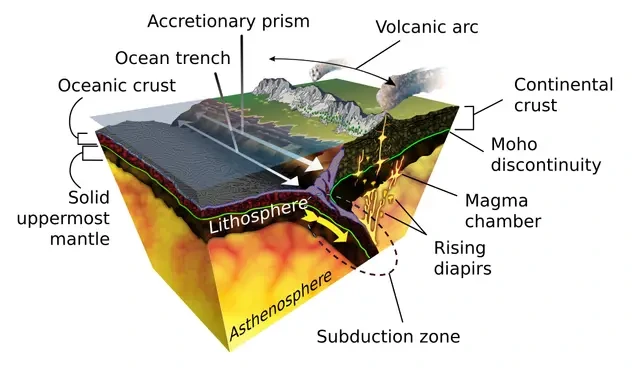
View pictures in App save up to 80% data.
Traditionally, positive seismic wave speed anomalies in the mantle were attributed to “cold slabs” — remnants of subducted tectonic plates. Essentially, seismic wave speed anomalies in the mantle have long been considered the “footprints” of such plates. But the new study found that many of these anomalies do not spatially correlate with known subduction zones. In fact, it found that just 60–70% of subduction zones align with positive anomalies.
“According to Thomas Schouten, the lead author and a PhD candidate at the Geological Institute of ETH Zurich, it seems that these zones in the Earth’s mantle are far more common than we had earlier believed.”
It’s unlikely that we’ve missed any big subduction zones, so instead, this suggests that the wave speed anomalies could have a different cause. The researchers suggest that these anomalies could also be caused by compositional differences, not just temperature variations. For example, anomalies might stem from the presence of chemically distinct materials like basalt-rich rocks or delaminated lithosphere.
For example, areas abundant in basalt, which are remnants of old oceanic crust, demonstrate increased wave velocities because of the development of dense minerals such as garnet and bridgmanite under high-pressure conditions.
Complete wave inversion
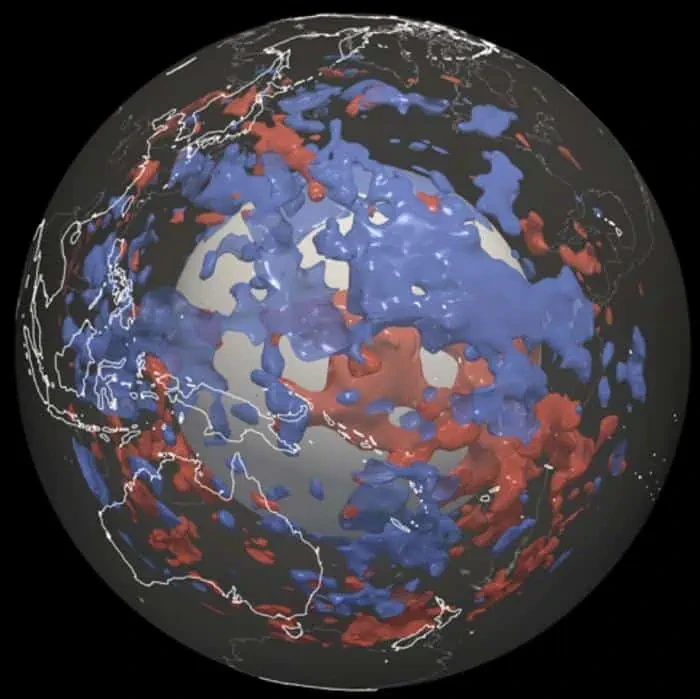
View pictures in App save up to 80% data.
The advanced capabilities of Full Waveform Inversion (FWI) arise from its proficiency in simulating complete seismic wavefields, which encompass reflected, refracted, and scattered waves, rather than merely focusing on travel times. This method greatly improves resolution, especially in areas where seismic station coverage is sparse. In contrast to conventional models, FWI is adept at detecting fine variations and smaller-scale geological features.
One of the challenges associated with FWI is its significant computational requirements, which necessitate the use of sophisticated algorithms and GPU-accelerated simulations to process the data effectively. However, recent developments have yielded impressive outcomes: anomalies that previous models either missed or misrepresented are now distinctly observable. The REVEAL model, developed through FWI, represents the most comprehensive depiction of the Earth's mantle achieved so far.
The implications are substantial. Past models of tectonic history often relied on the correlation between mantle anomalies and subduction zones. With these processes affecting everything from volcanoes and earthquakes to mountain formation, figuring out what exactly is causing these anomalies would substantially improve our understanding of the Earth.
However, at this moment, we remain unaware of it.
"That's the challenge we're facing. The new high-resolution model allows us to detect anomalies throughout the Earth's mantle, but we're still uncertain about their nature or the materials responsible for the patterns we've discovered," Schouten remarked.
The researchers believe that the anomalies may not stem from a single source, but rather from a combination of various materials and processes.
“We think that the anomalies in the lower mantle have a variety of origins,” says Schouten. “It could be either ancient, silica-rich material that has been there since the formation of the mantle about 4 billion years ago and has survived despite the convective movements in the mantle, or zones where iron-rich rocks accumulate as a consequence of these mantle movements over billions of years” he notes.
Questioning established beliefs
This research questions established beliefs and paves the way for a more detailed understanding of the dynamics within the Earth's interior.
It hints at a complex and diverse mantle, richer and more varied and we thought. However, the method’s dependency on seismic data distribution means that some regions, particularly below stable plate interiors, remain underexplored. Furthermore, the results should be confirmed by other studies before we start rewriting the geology books.
Integrating FWI with other geophysical and geochemical tools could provide a more comprehensive understanding of mantle dynamics. For example, combining seismic data with mineral physics experiments could help decode the exact composition of high-wave-speed anomalies, distinguishing between thermal and chemical contributions.
The study was published in Nature.




